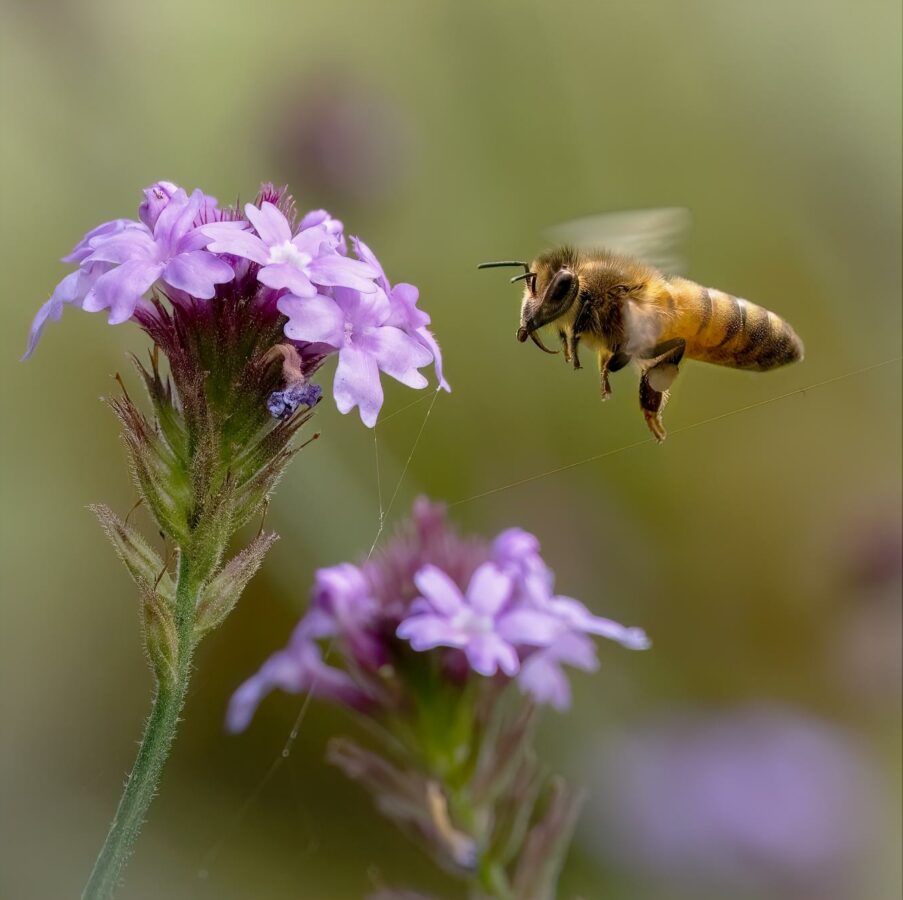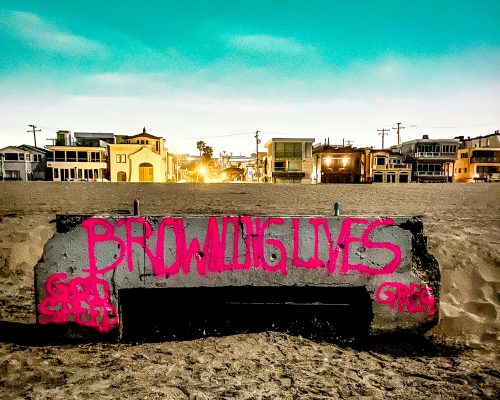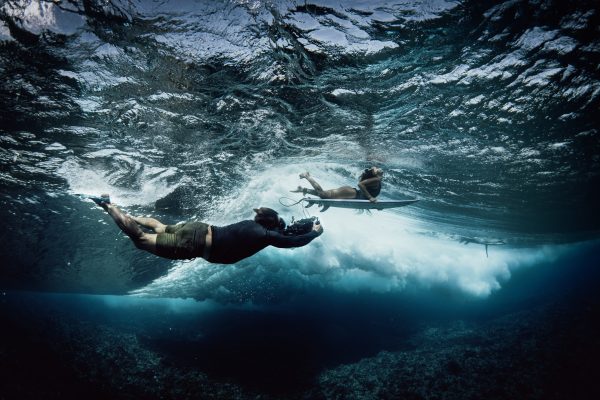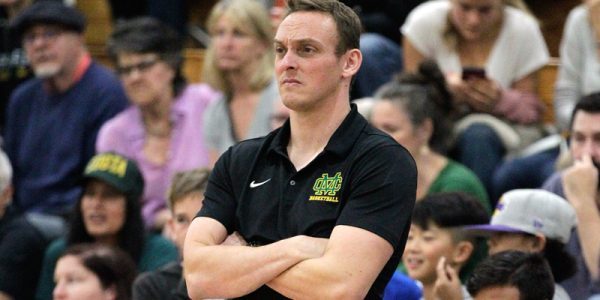Honorable Mention – Greek Odyssey
A Greek World War I veteran finds his way through five countries and five languages to Manhattan Beach
by Spiros H. Mikelotos
Harry (Harilaos) was a Greek combat volunteer in World War I. He was also a loving father of three children and a loving grandfather of nine grandchildren.
Harry was destined to spend his senior years, after 1948 in Manhattan Beach.
He lived and worked in five countries and on the wide oceans as a merchant marine seaman. He spoke five languages, four of them self taught.
He lived in his homeland, the Greek island of Kefalonia, in Brazil, Argentina, Panama, and New York. He spoke Greek, Spanish, Portuguese, Italian, and English.
Harry was born in 1887. He had his parents, two brothers and five sisters. They were making a living as shepherds of goats and sheep.
In 1901 news reached the Greek islands that Brazil needed workers to open roads through the Amazon Rainforest.
Harry volunteered to go there at age 14. In Brazil Harry learned Portuguese without schooling. His work assignment was to place sticks in the ground to mark the road openings for the next day. He placed sticks by day and the native Indians pulled the sticks out by night. The Indians did not hurt Harry. They simply did not trust the incoming civilization.
While still a teenager he relocated to Buenos Ayres, Argentina. He fell in love with Argentina and became fluent in Spanish.
In 1904, news reached Argentina that the Americans needed workers to open the Panama Canal. In Panama he became fluent in English, again without schooling. He worked to open the Canal and also came in contact with Standard Oil ships.
He relocated to New York to work for Standard Oil. He also took time to attend trade school and receive a diploma as First Assistant Engineer on ships. He loved that diploma all his life.
In 1914, World War I erupted. The Greeks sent recruiters around the world to call young Greeks to fight for the fatherland. Harry was an early volunteer.
Harry and fellow volunteers joined the Greek Army and helped liberate Northern Greece, the land beloved by Saint Paul and Alexander the Great.
For Harry and his fellow volunteers there is a folk dance song “Gianina” and a poem “O Strato’s.” Beautiful poetry!
After World War I Harry returned to New York to continue work with Standard Oil ships. On one of the ships most sailors were Italians and he became fluent in Italian.
In 1929 the stock market fell. Harry decided to take refuge with his family in his village Anninata, Island Kefalonia. There he also found a young woman to marry. He was 43 years old and Angeliki was 19 and pretty. Her father had died when she was 15. They were married in 1930.
Harry and Angeliki had three children during the Great Depression. I was the youngest, born in 1937. Then in 1940 World War II began. A Great Depression followed by a World War is not an ideal environment to raise kids.
Armed Italian and armed German soldiers, under military orders, invaded the island Kefalonia and all of Greece.
By the time the War began Harry’s money was gone. Both parents depended on the primitive village life to feed five people. There was hunger. It was difficult for Harry and Angeliki to see their kids go to bed hungry at night.
Harry often worked alone in his fields. In the morning he walked five miles downhill to reach his place of work. After working all day with a digging hoe, in the evening he walked five miles uphill to reach his home. He wore a pair of sandals he had made himself from raw goat skin.
In the evening, as he approached his home, he dragged his tired feet and the sandals made an unforgettable, tired noise.
In 1945 there were rumors the War was ending. Hunger was not ending.
Then in 1946 Harry received a surprise, personal letter from the US Embassy in Athens, Greece. The letter said: “You are an American citizen. We invite you and your family to come to America…” I was then nine years old and that letter was also unforgettable.
Harry wrote a letter to thank the Embassy but also wrote that he had no money for trips to Athens or trips to America.
The Embassy did not give up on Harry. A second letter followed from the Embassy inviting the oldest son, Jerry (Gerasimos), age 14, to come to America if Jerry had an adult sponsor. There was a fellow Anninata Villager by the name of Kostas. He lived in New York and needed a restaurant helper. In 1947 Jerry left for New York as a dishwasher.
As soon as Jerry left Greece the Embassy reminded Harry that he can follow his son to America. The family ws facing a brighter future but also separations and uncertainty. All along mother Angeliki never lost faith in prayer.
Jerry wrote positive letters from New York. Yet, eventually he became tired of washing dishes by hand in the restaurant. Jerry met a Greek merchant marine captain in New York who promised him a pleasant job on his ship. In 1948 just before Harry was ready to depart for New York, Jerry was boarding the Greek ship as a sailor.
Jerry passed the Panama Canal that his father helped to build and arrived in the Los Angeles Harbor in San Pedro where I now work. There Jerry met a fellow Kefalonian named Spiros. He told Jerry he could stay ashore and they could both work to grow and sell flowers on land still available in the South Bay. When Jerry saw the South Bay climate he had no problem leaving behind the wide oceans. Jerry and Spiros rented an apartment in Manhattan Beach and made flowers their choice of work.
Harry was making plans to come to America in 1948. His trip would involve a ship to New York and train and bus to Manhattan Beach.
As luck would have it Harry arrived in New York and tried to cross a street. He was hit by a car of an uninsured driver. His right leg was smashed.
A brilliant orthopedic surgeon decided to postpone amputation of the knee and give the leg a chance to heal. He became a happy doctor when he saw the leg healing like a young man’s leg. Harry was left with just a tiny limp.
Harry traveled to the South Bay from New York by train and bus in 1948. He joined Jerry and Spiros in Manhattan Beach. He had no difficulty becoming a flower grower and seller. He enjoyed pleasing his customers.
Then in 1952 mother Angeliki, daughter Helene and son Spiros Arrived in Manhattan Beach through New York. They all became expert flower growers and sellers.
Helene and Spiros worked in the flower fields but also went to school. There was Mira Costa High School in Manhattan Beach, El Camino College and UCLA. Finally, son Spiros graduated from the UCLA David Geffen School of Medicine. Cordial thanks to the people of California who paid most of the expenses.
Harry was there for the graduations. He was a happy man.
He kept working though his children were there for some help.
Oh, proud readers, sometime 3,000 years ago the “godly singer” poet Homer described in the Odyssey the paradise of the Greeks, perhaps, the Americans too: “A place where no snow falls and very little rain and in the afternoon the gentle breeze blows from the ocean to refresh the people.”
The above phrase reminds us of the South Bay, Harry’s ultimate Destiny.
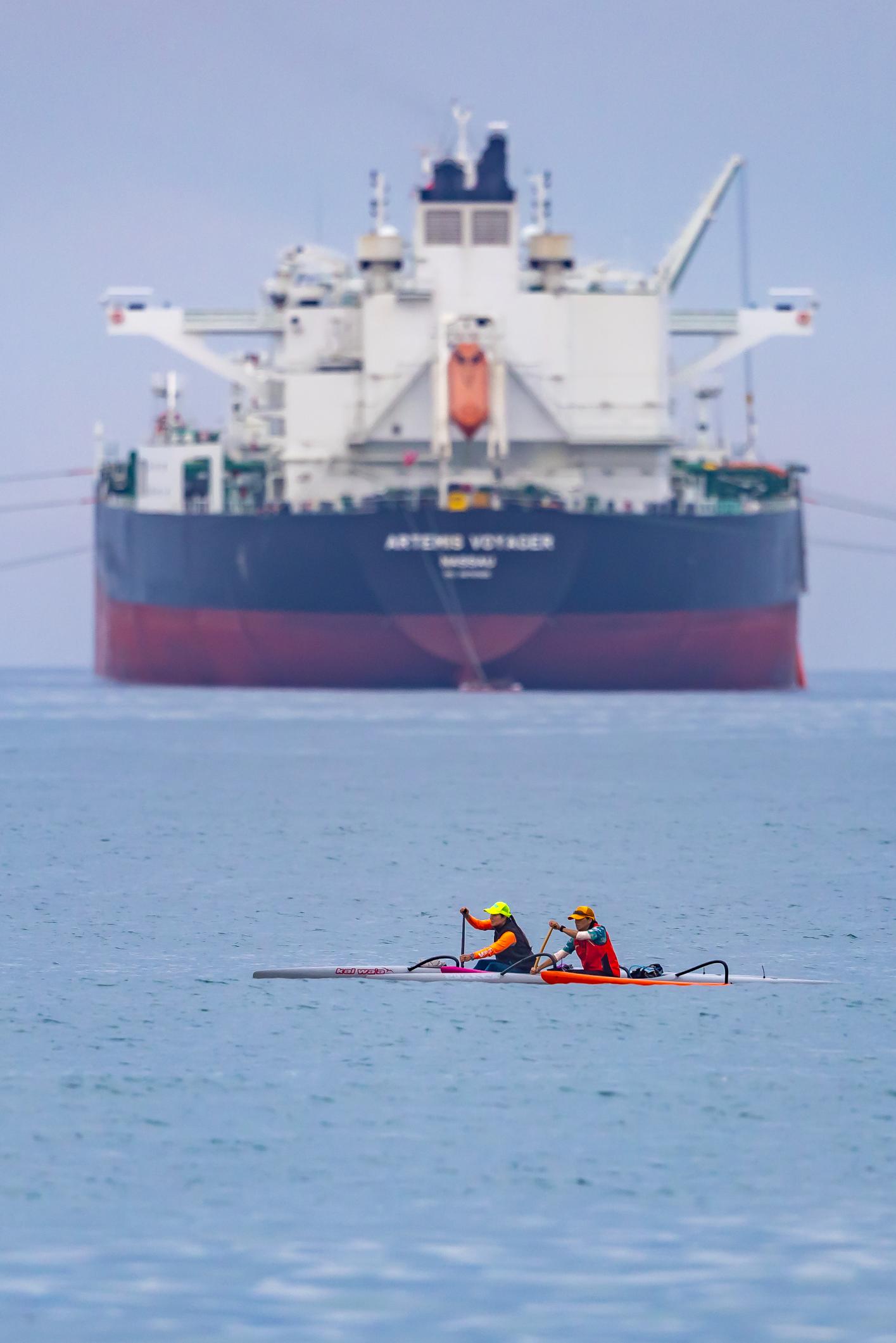
Honorable Mention – A fish called Riyo
Riyo, like her namesake, is resilient
by Anna Tattu
On July 18, 2024, I am working at the Circulation Desk of the Hermosa Beach Library when Sam Perrotti tells me, “There is a live goldfish on the sidewalk behind the library.”
I believe him. He is president of the Hermosa Fine Arts Festival. Presidents never lie, right?
I tell librarian Sarah Harper the news. We follow Sam outside to find a dark orange, four-to-five-inch fish gasping for breath on the pavement. “I guess I shouldn’t have told you,” Sam says. I am having trouble breathing. I like fish. Sarah asks, “Should we call Animal Control?” Lord Uhtred in Bernard Cornwell’s Last Kingdom books believes, “Destiny is all.” I do too. I must save this fish, so I leave work an hour and a half early.
I scoop up the fish with a plastic bag. Now what? The library has a container, but it lacks the chemicals that make water safe for fish. Also, our water is too cold.
I put the fish in a large puddle in the planter on the southeast corner of the library. The scummy water covers the area from the sidewalk past the first post of the handrail. Sam groans, “Not there. That’s the worst water of all.” I hope the temperature is right. Fixing that pipe has been on the City to-do list for weeks.
Since I have no money with me, I can’t go to a pet store. I ride my bike to my parent’s house on Park Avenue. Our neighbors Brendan and Chizuko are in their garage. They have an aquarium. I fill a 14-cup Rubbermaid container with water and fish-saving chemicals from Brendan.
Back at the library, the fish looks dead. When I try to pick her up, she shoots under a partially submerged succulent. I step into the yucky puddle and catch her. I plop her in the Rubbermaid ambulance. We say goodbye to Library Assistant Michael Mohr, and head for Park Avenue.
We walk because I don’t want the ambulance to slosh too much. We stop at the Valley Park Avenue house where a family friend once lived. The couple had a fish pond. A young woman answers the door and is sorry, but she can’t take the fish. She is on a work conference call. Her husband, who isn’t home, takes care of the pond.
I take a cab to the Golden Guppy in Torrance, where Andrew Flores teaches me the basics of fishkeeping. It isn’t simple. I get a 22-gallon tank, and plants. A week later, he delivers more supplies (including an “I Heart My Goldfish” sticker) and says the fish is healthy despite some scrapes.
One of Sam’s artist friends should paint her. She sparkles and has long fins. She is always hungry. I named her Riyoko after Riyoko Nishikawa Shimane, who worked at the Hermosa Beach Library until her death in December 2009.
Riyo loved her Ryukin goldfish. She named them Nemo. If I learn that this fish is really a boy, I’ll call him Nemo.
Retired Hermosa Beach Librarian Ron Schneider remembers Riyo’s friendliness, great attitude, and sense of humor. Carl Tanner says, “Riyo worked at the Hermosa Beach Library even longer than I did. Everyone loved her, patrons and staff.” Nancy Anderson, who worked with Riyo for 26 years, reminds me that Riyo was a survivor. In the early 1940s, Riyo and her family were interned at Heart Mountain Japanese American Confinement Sight in Wyoming. Riyo met and married her husband, Fred Shimane, at Heart Mountain. Their daughter, Linda, was born there.
Riyo, like her namesake, is resilient. ER

